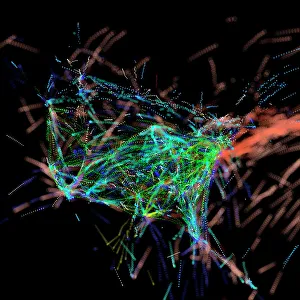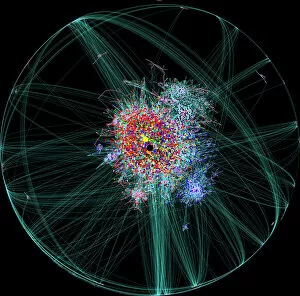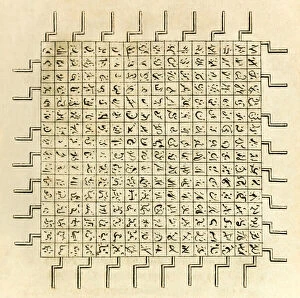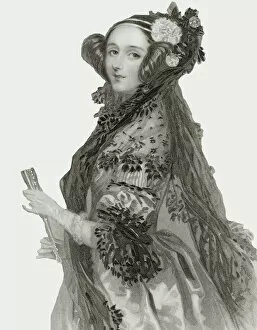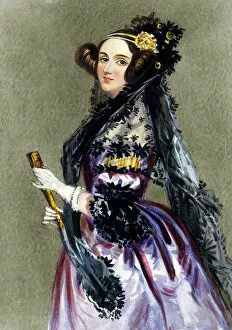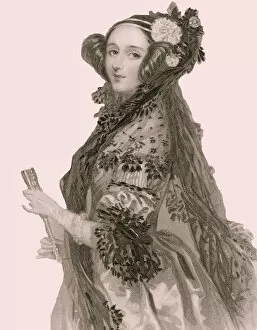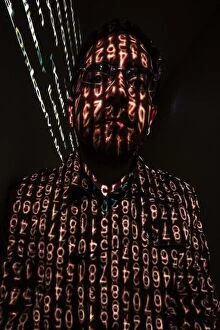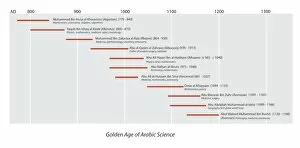Algorithm Collection
An algorithm is like a master conductor orchestrating the symphony of data in our modern world
For sale as Licensed Images
Choose your image, Select your licence and Download the media
An algorithm is like a master conductor orchestrating the symphony of data in our modern world. Just as air traffic visualisation systems guide planes through the sky, algorithms navigate and optimize the flow of information across networks, and are the invisible architects behind internet blog maps, meticulously organizing content for seamless navigation. Taking inspiration from Augusta Ada King, Countess of Lovelace, who envisioned algorithms long before their time, we can see how they have evolved into powerful tools. The writing machine from Balnibarbi's Academy of Lagado may seem fantastical, but it foreshadowed the potential of algorithms to automate tasks and enhance productivity. Like a portrait capturing Ada King's essence in different mediums, algorithms too adapt to various contexts. From simple engravings to vibrant color prints, they shape-shift according to needs and preferences. Similarly, algorithms transform raw data into meaningful insights or stunning visualizations like those seen in air traffic control centers or website source code representations. Just as matrices provide structure and organization in mathematics and computer science realms alike, algorithms bring order to chaos by breaking down complex problems into manageable steps. They decipher patterns within vast amounts of information while optimizing efficiency. In this digital age where information overload is common, understanding how algorithms work becomes crucial. Their influence permeates every aspect of our lives – from guiding planes safely through crowded skies to mapping out intricate webs of interconnected blogs on the internet. So next time you marvel at an air traffic visualization or explore a captivating blog map online, remember that behind these wonders lies the brilliance and precision of algorithms shaping our interconnected world with their invisible yet indispensable presence.

